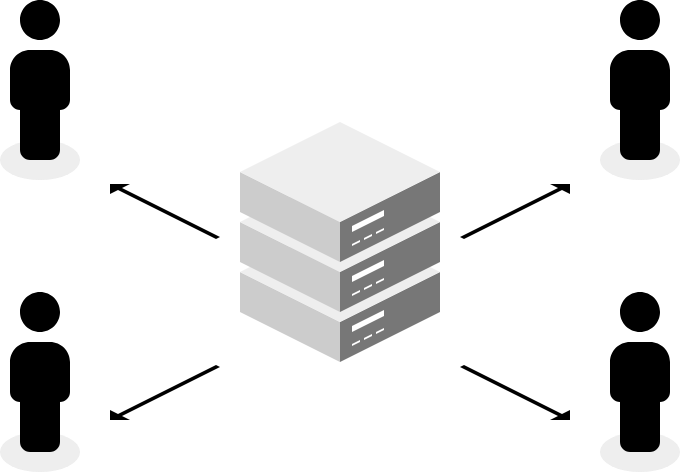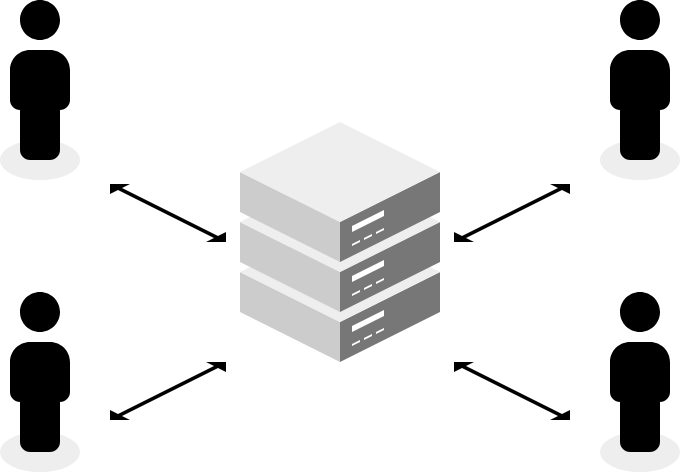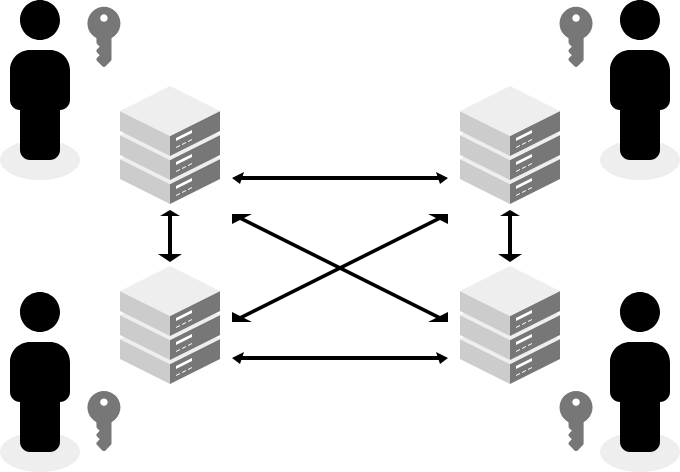What makes Web3 different?
Web3 enables people to own their content and data, employs open, distributed, decentralized technologies, promotes online trust with automated applications, and creates the web of value.
Web1 — Brochure websites
The websites of the Web1 era were a read-only medium for the end-consumer with one-way content delivery. The websites were relatively static, with primary content formats being text and images.
Methods, methodologies, and tools to understand end-users didn’t exist, and we couldn’t personalize content or engage with individual visitors.
From a technology perspective, the pages and websites were coded by web developers using open protocols. However, organizations had ownership and control of their infrastructure (servers where the websites were hosted).

Web2 — Interactive portals
Web2 websites became more interactive with user-generated content, and everyone could contribute and create their digital platform. Scope included rich interactive formats, and organizations started utilizing interactive applications and data systems, including interactive and dynamic web services where users could read and write content.
We started focusing on understanding customer needs, which required generating and analyzing customer data to provide personalized and engaging content and services.
From a technology perspective, we developed tools to enable non-technical authors to manage content.

Web3 — Decentralized solutions
While Web2 helped users by providing the right services based on user data, it also created a strong demand for user data by organizations that benefit from owning the user data. Large corporations and organizations have collected and centralized user data while the users lost control of their data and identity. Such centralized systems lead to identity fraud due to stolen identities, loss of private data, and malicious data tampering.
Web3 aims to address these challenges by providing the next generation of the Web’s technical, legal, and payment infrastructure that supports the decentralization of data.
Web3 enables users to access, modify, and ultimately own their content and data. User ownership is accomplished by utilizing various applications such as blockchain or smart contracts. Web3 technologies can also employ a token economy to create financial assets for any commodity transacted online, thus making the Web of Value.
Web3 promotes online trust through decentralized or federated platforms, secured interoperability, and verifiable computing through distributed ledger technologies.

| Web1 | Web2 | Web3 | |
|---|---|---|---|
| User options | Read | Read + Write | Read + Write + Own, Execute, Control |
| User roles | Consumers | Data providers | Participants and contributors |
| Main contents | Web of Content (business offering) | Web of Data (user generated, big data) | Web of Value and Meaning (connected data creates meaning and value which can be transacted) |
| Platform ownership | Open | Closed, centralized, monopolistic | Open decentralized |
| Types of implementations | Static, brochure websites | Enterprise Web Portals, Interactive portals, web and mobile applications and services | Interoperable solutions working across organizational silos. Metaverse experience with decentralized back-ends. |
| Data traceability | No knowledge of the users or their behavior. Content is broadcasted with inconclusive data. | Targeted content and service delivery, at the cost of loss of ownership and multiple intermediaries. | True targeting – direct connection between content (and content owner) and service providers. |
